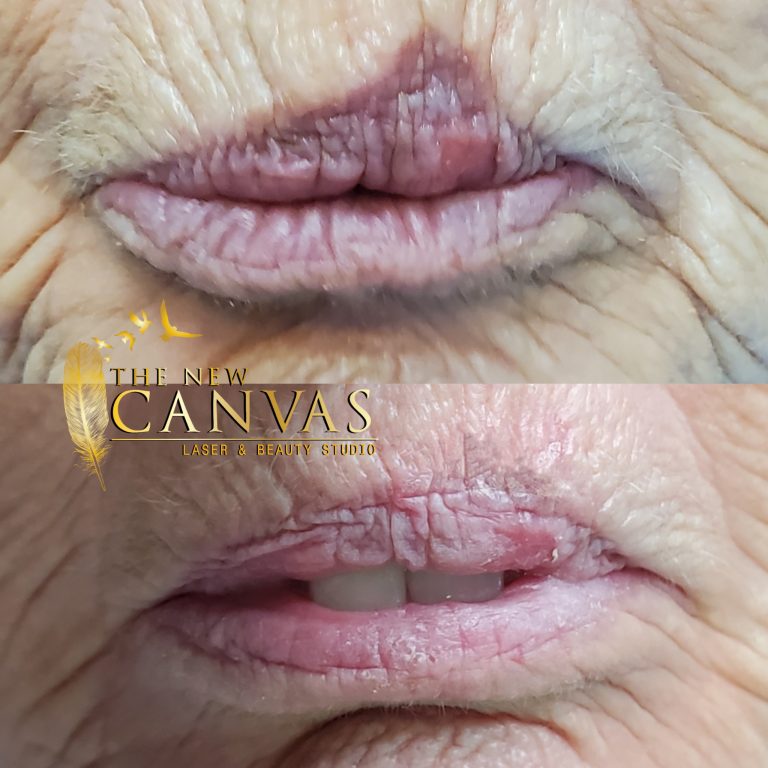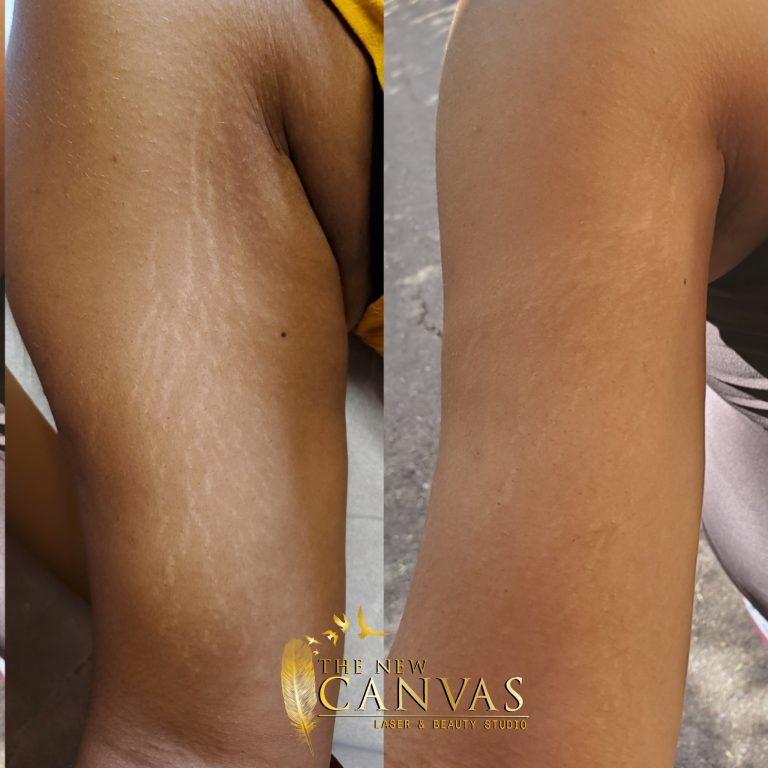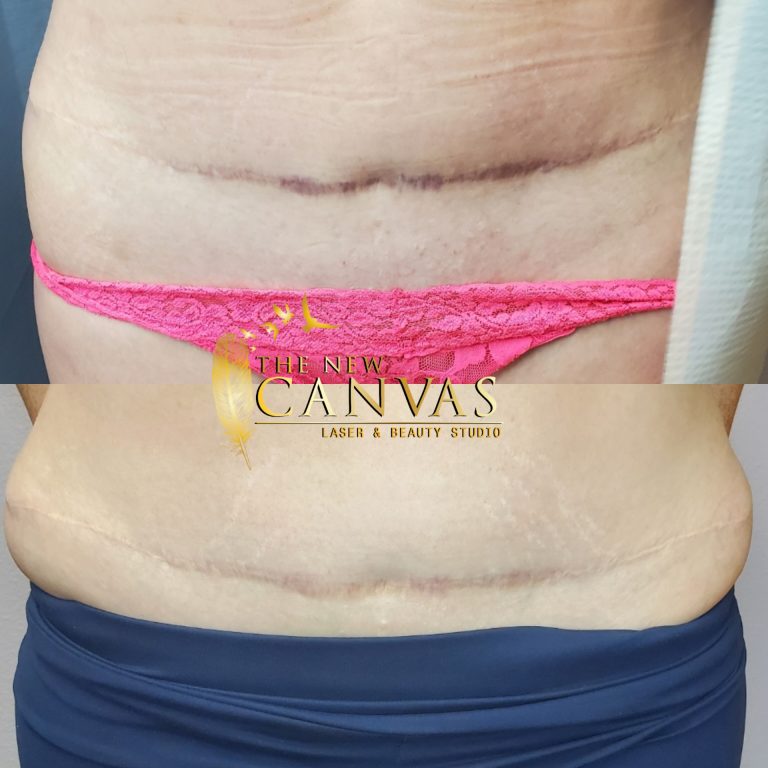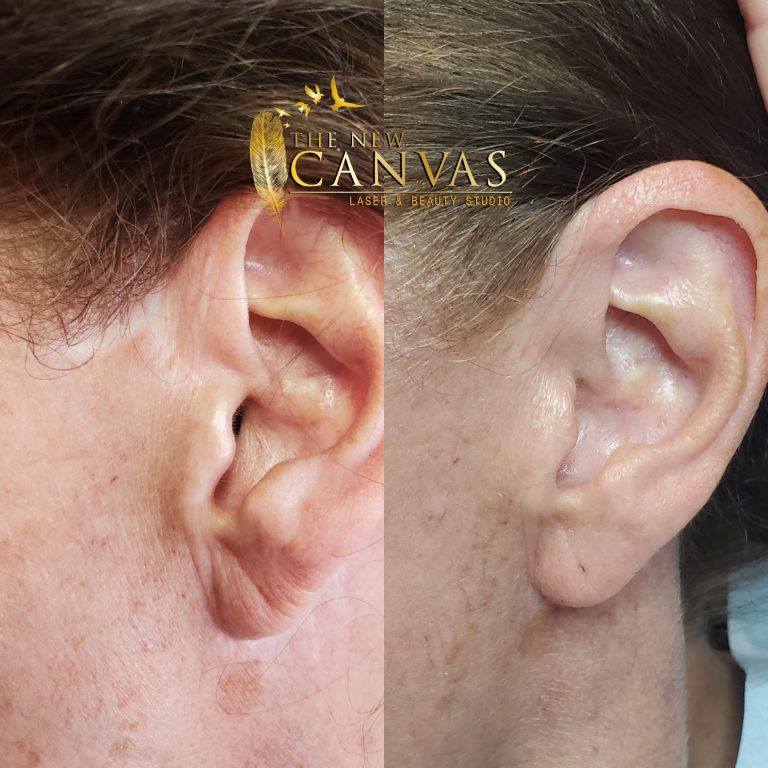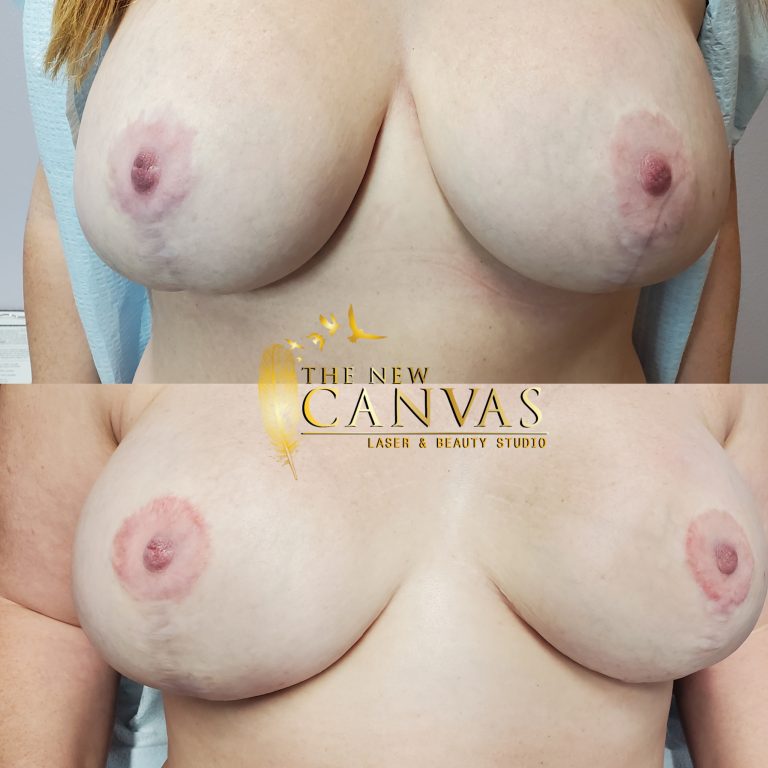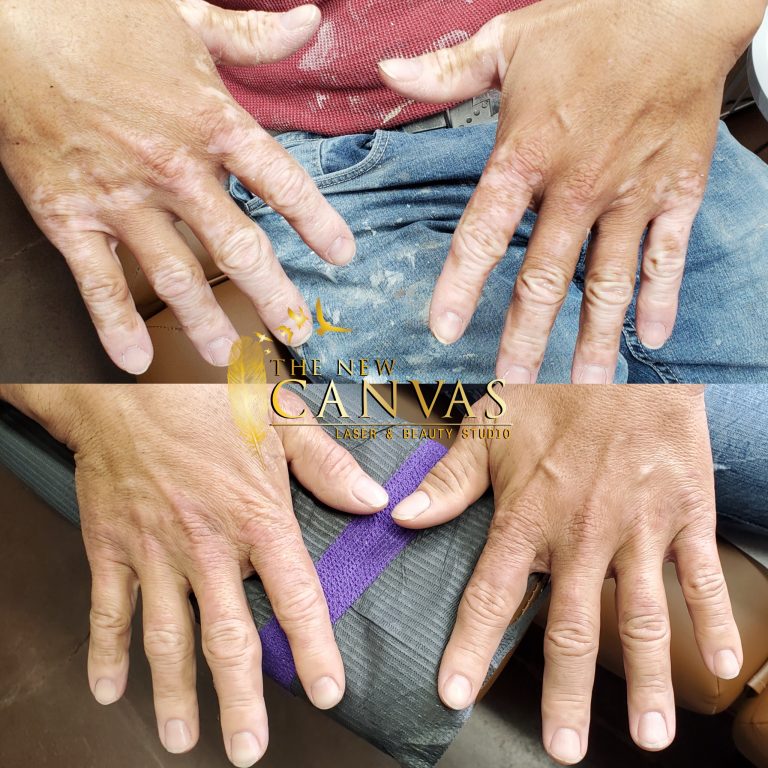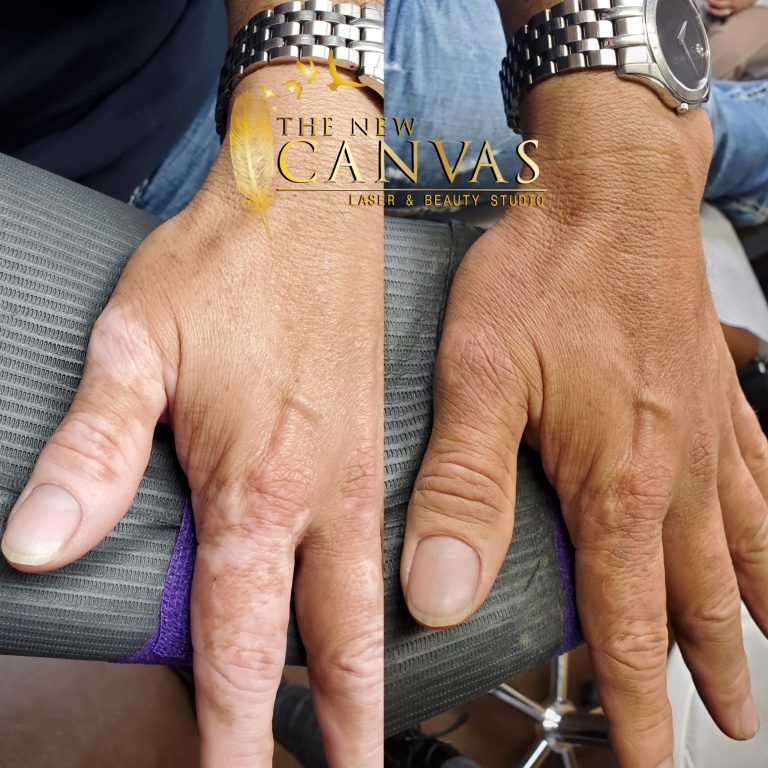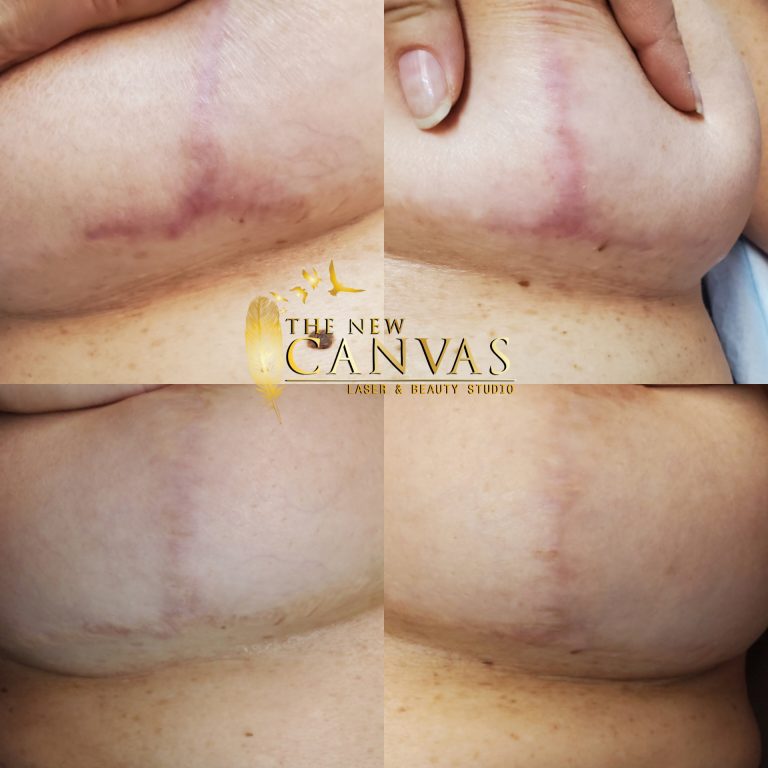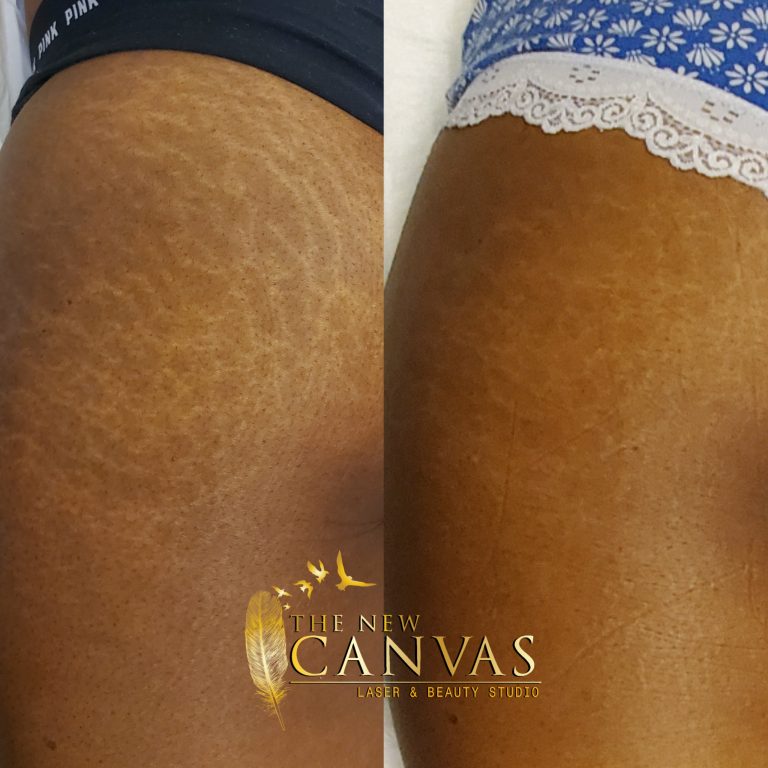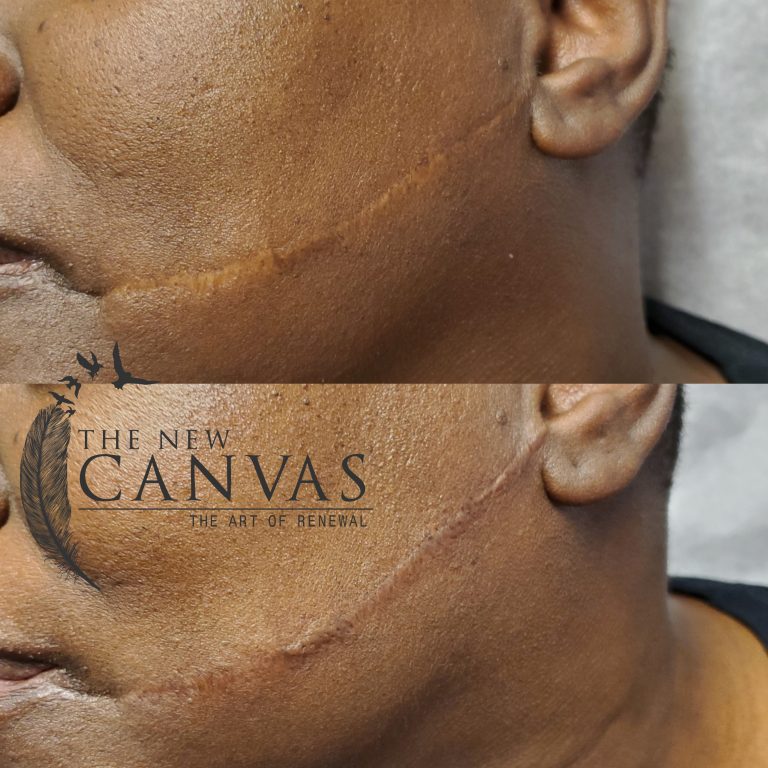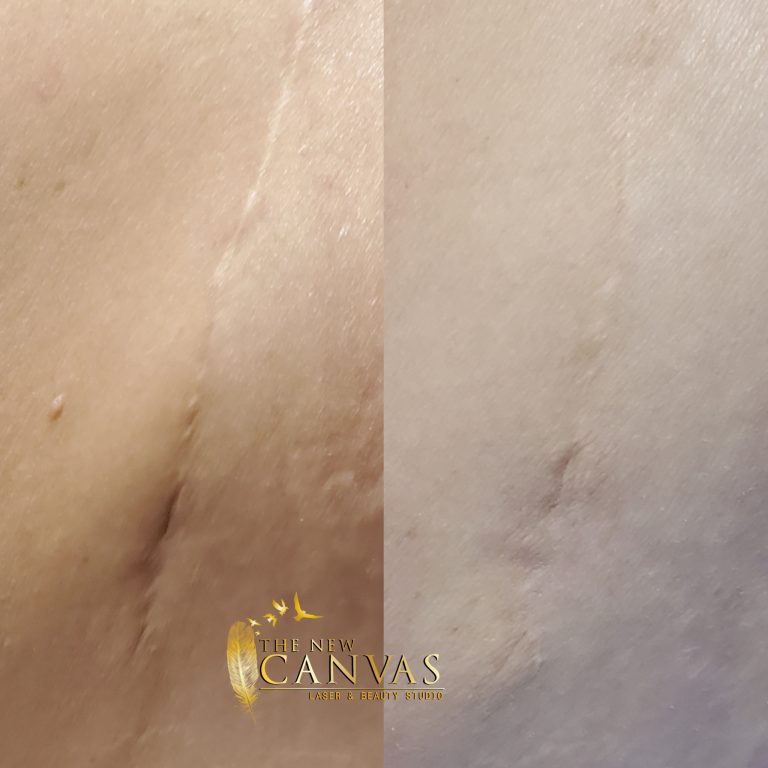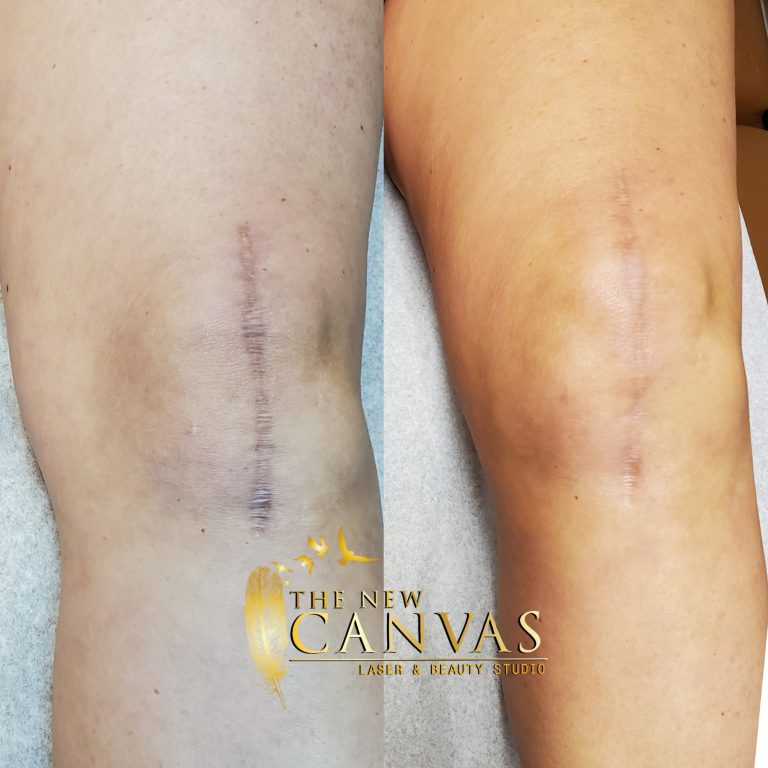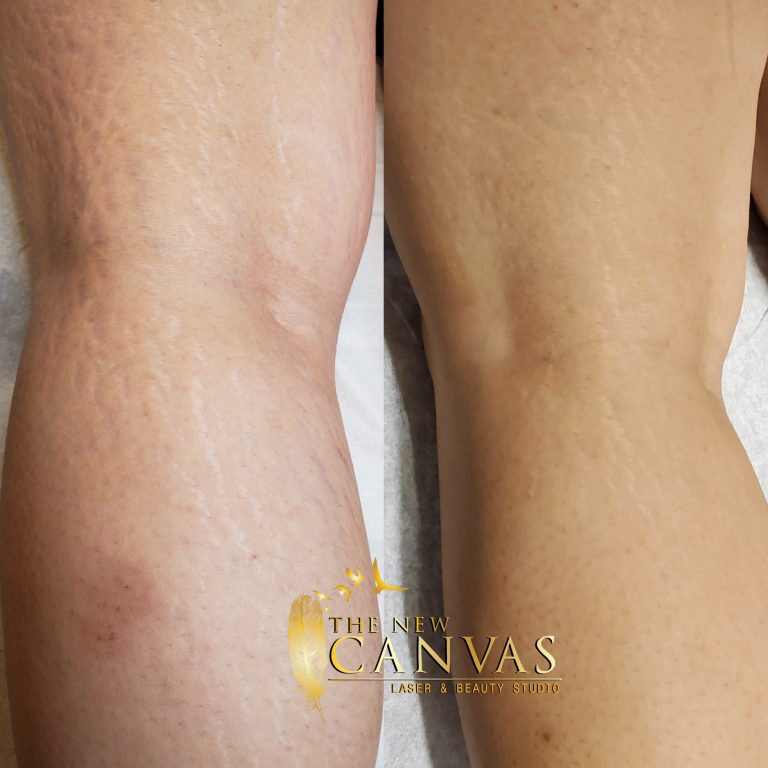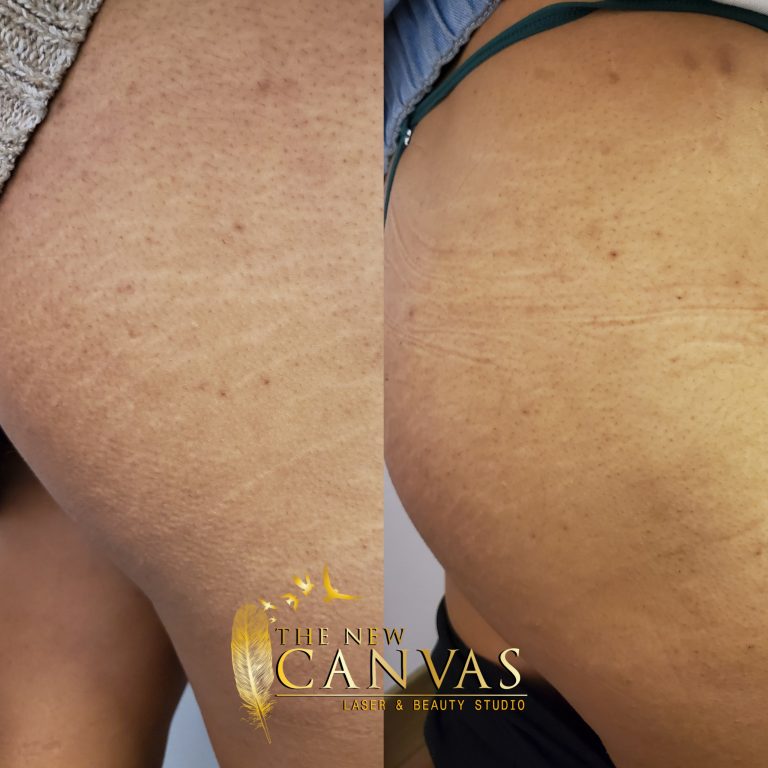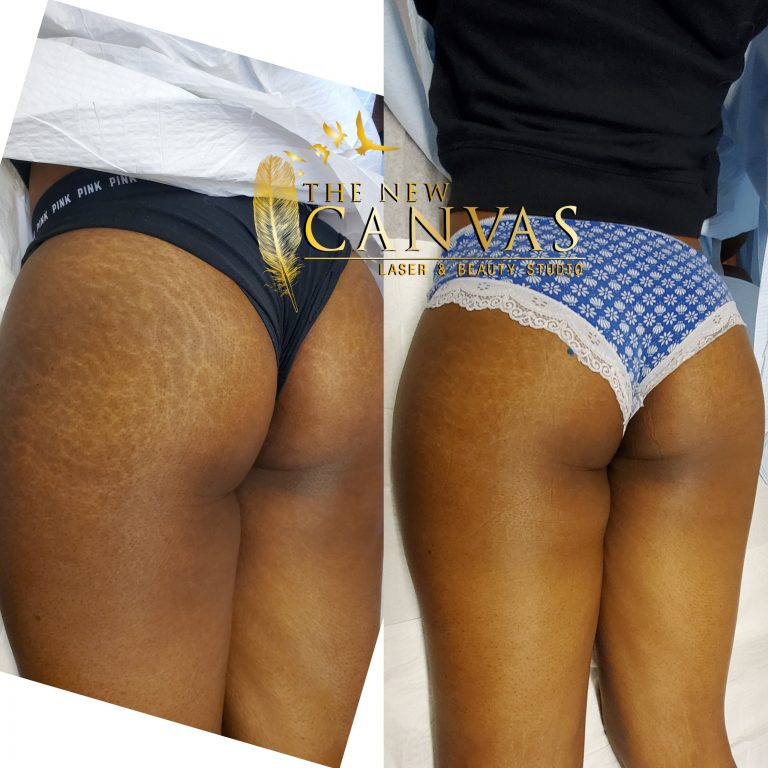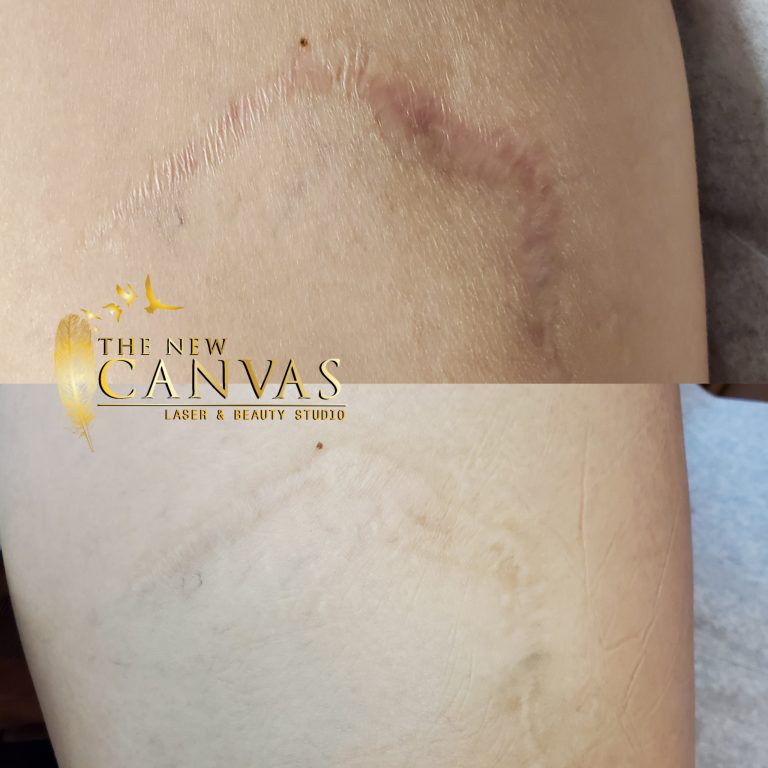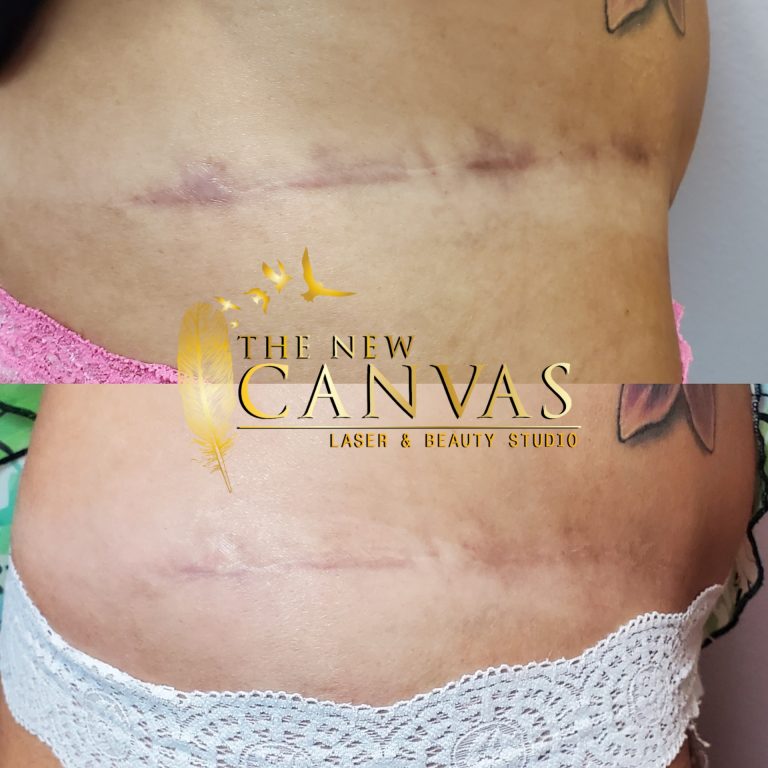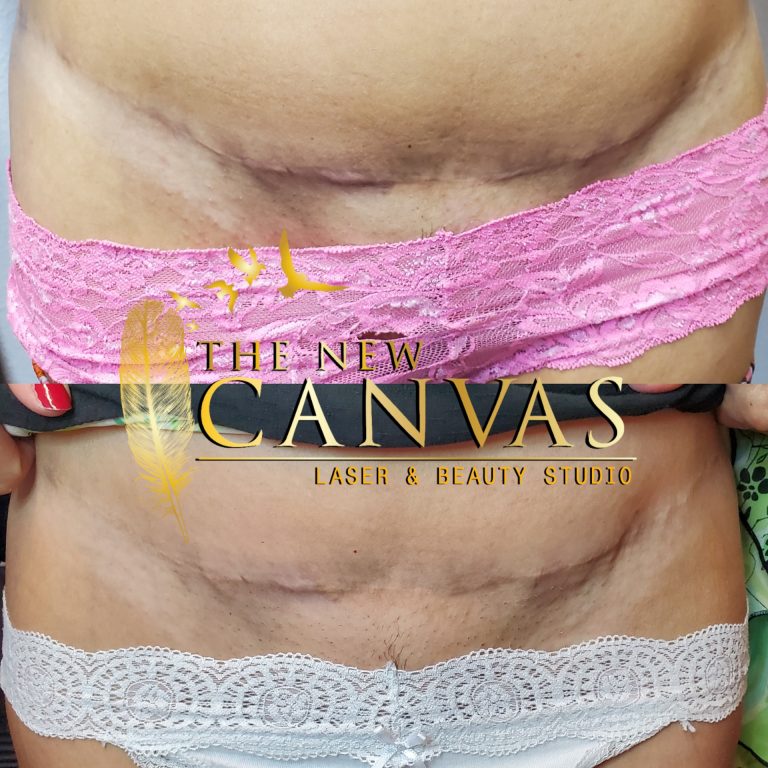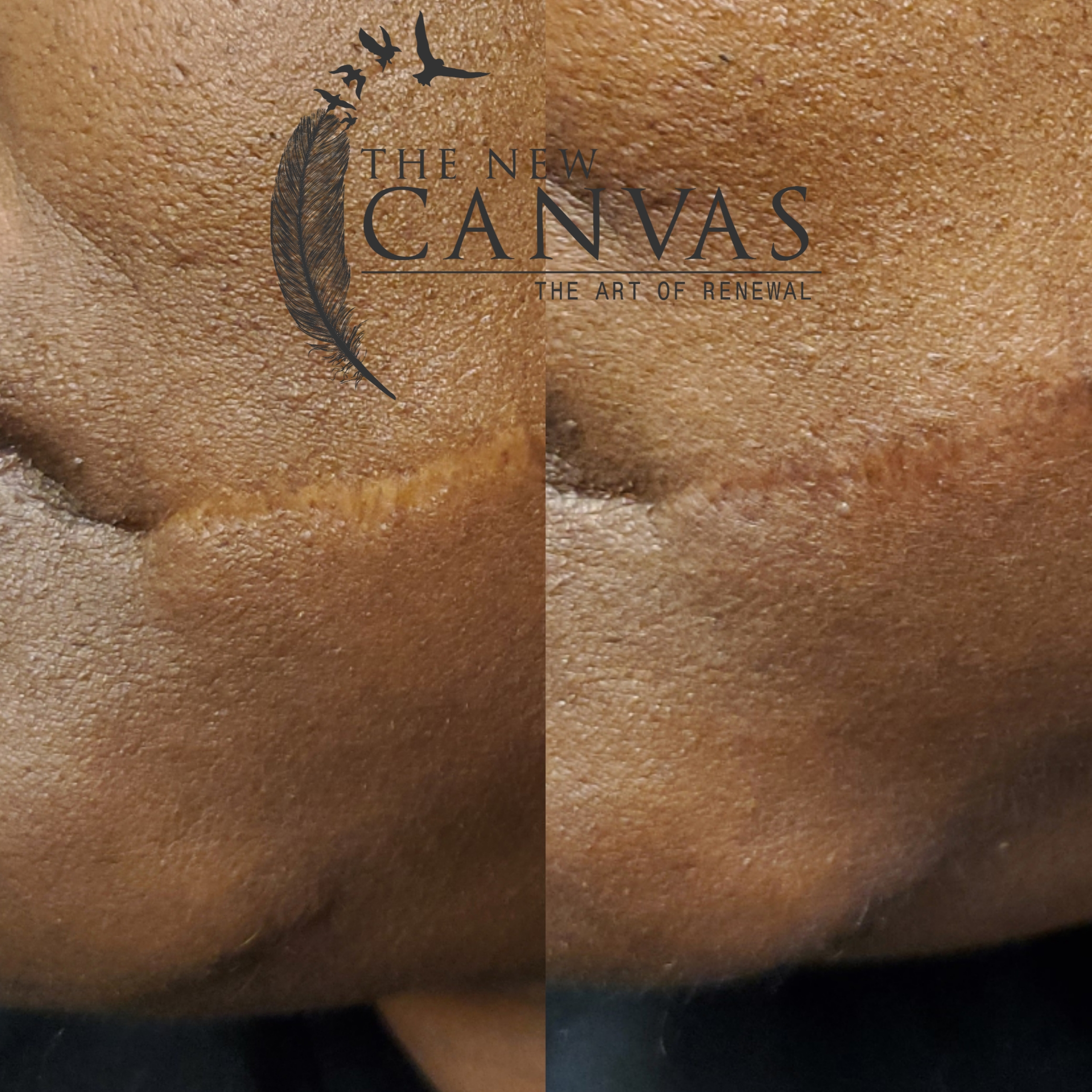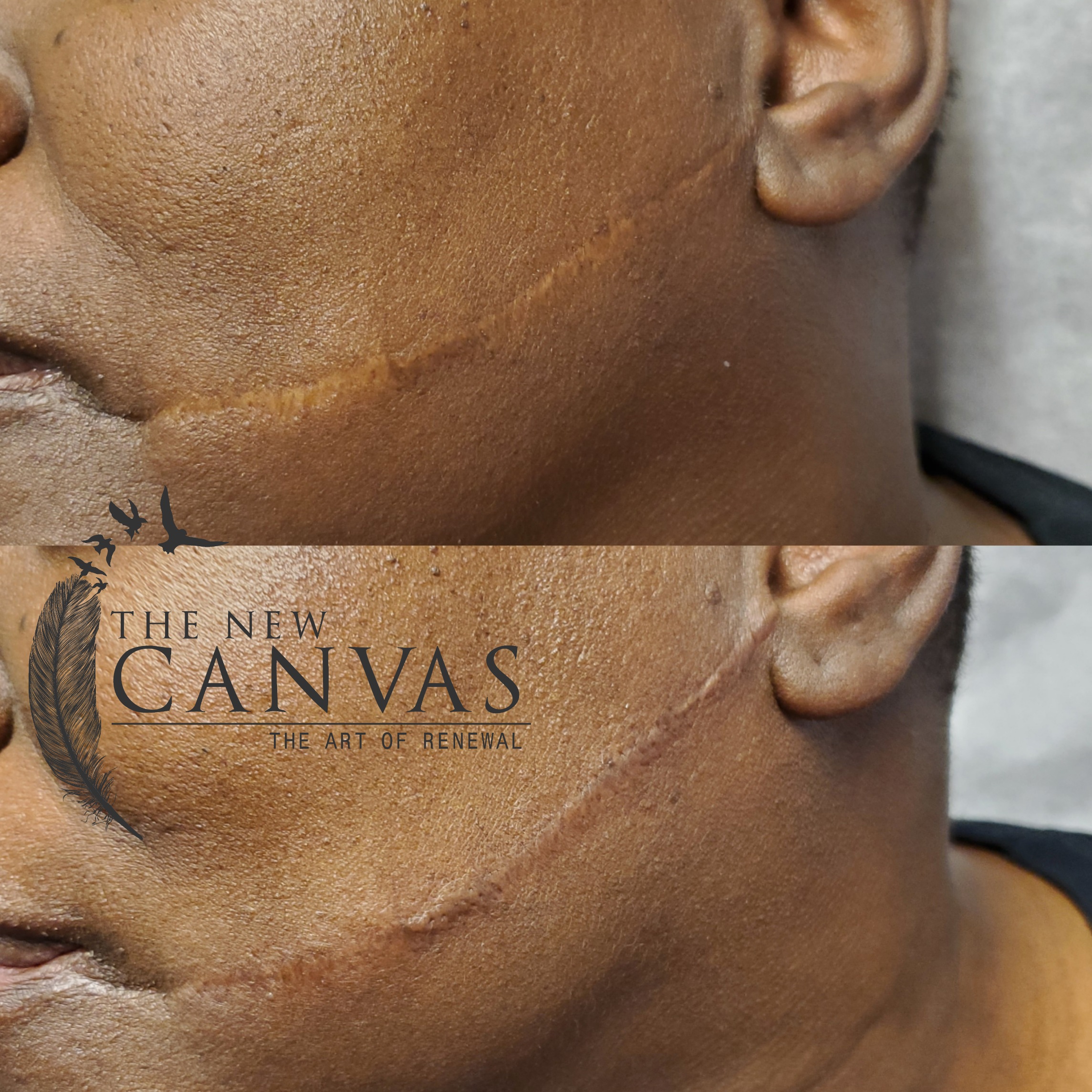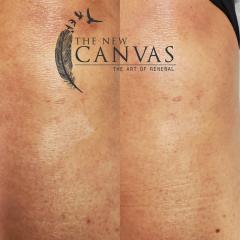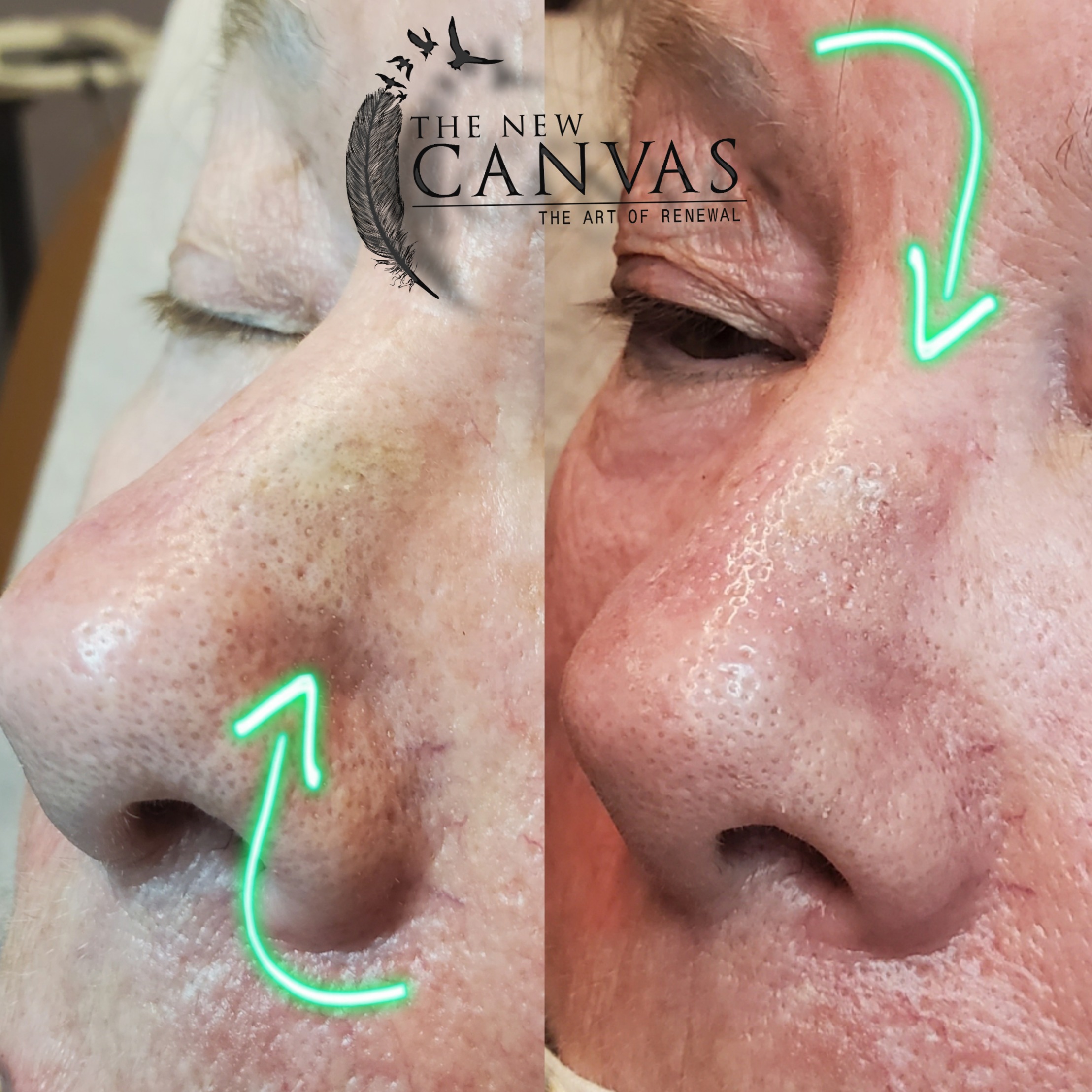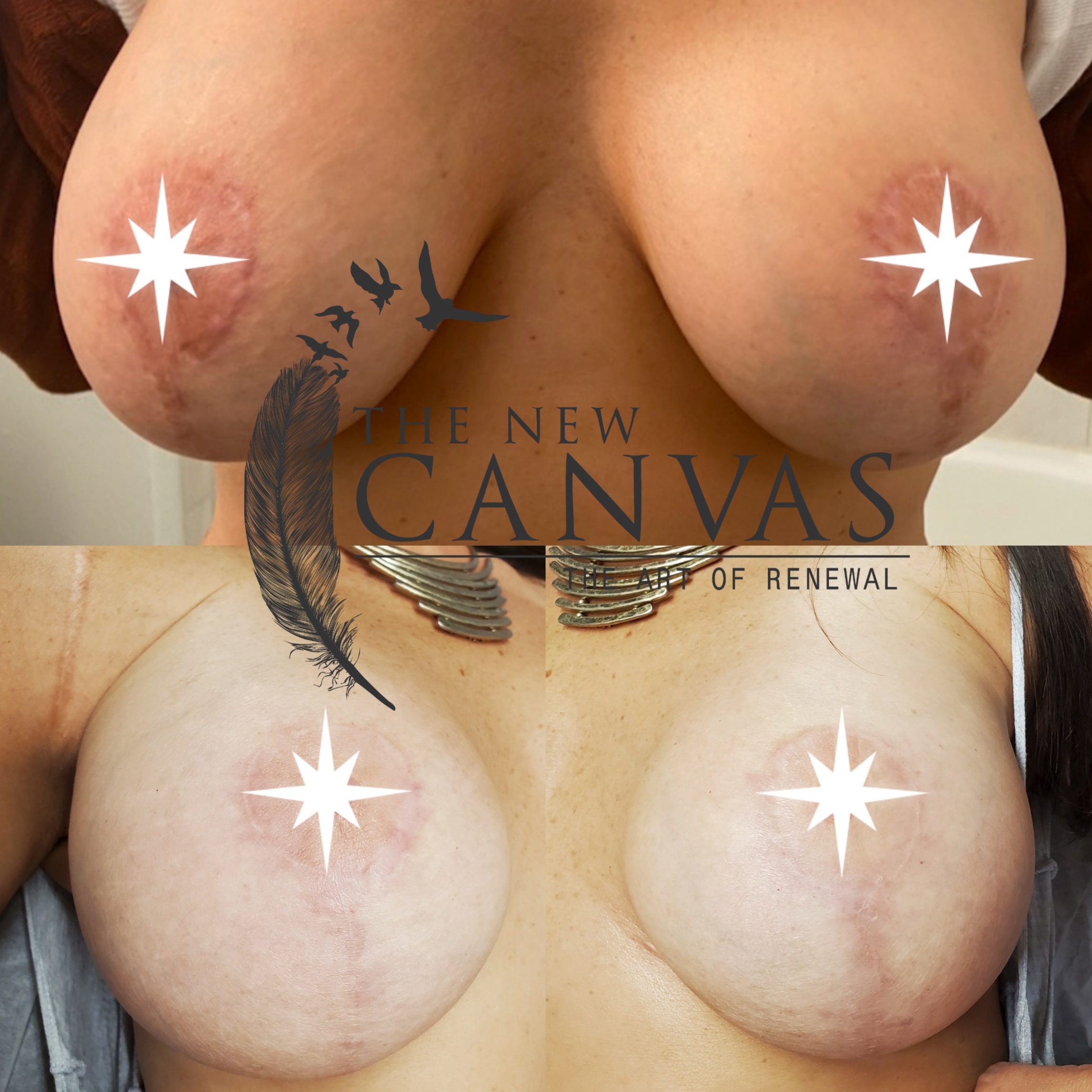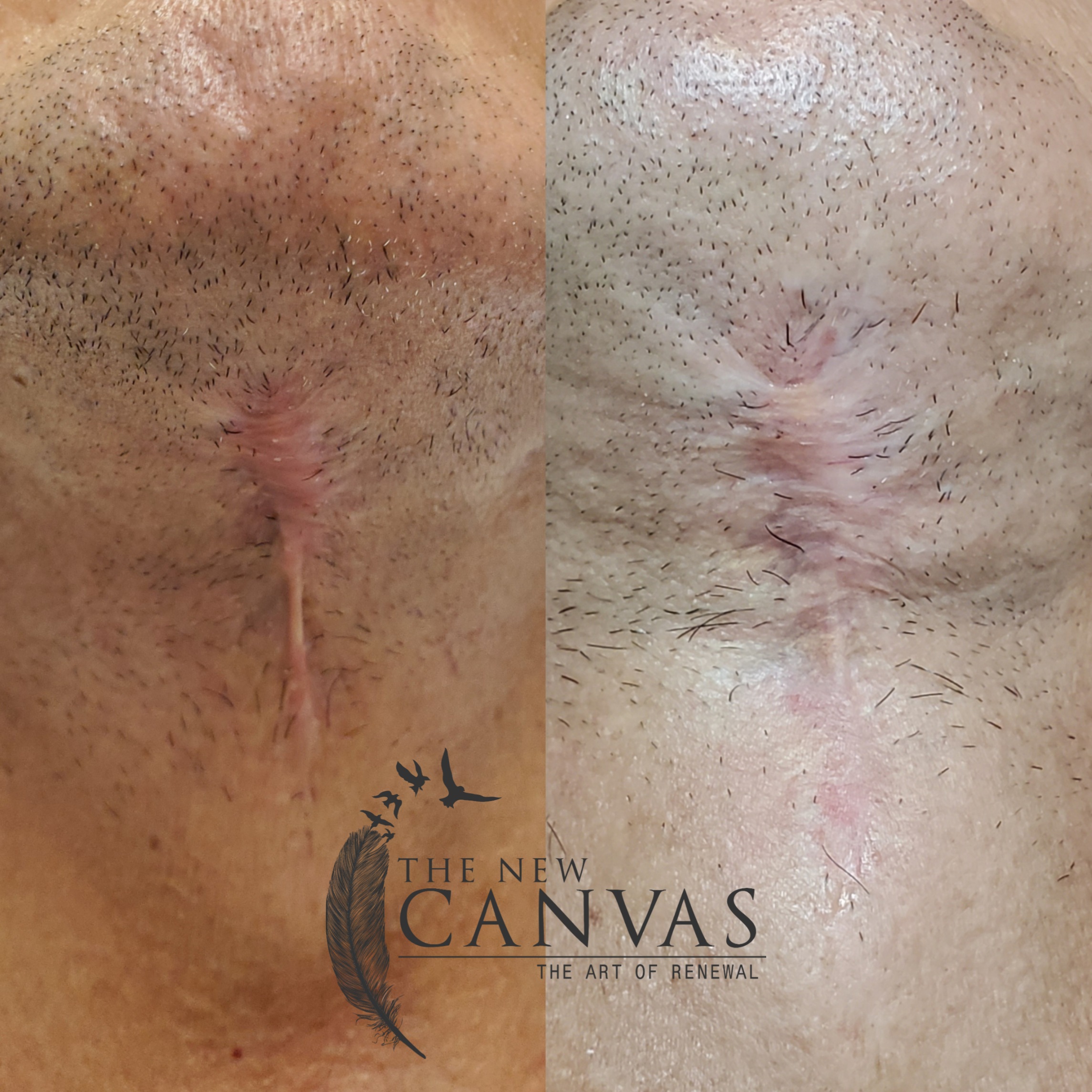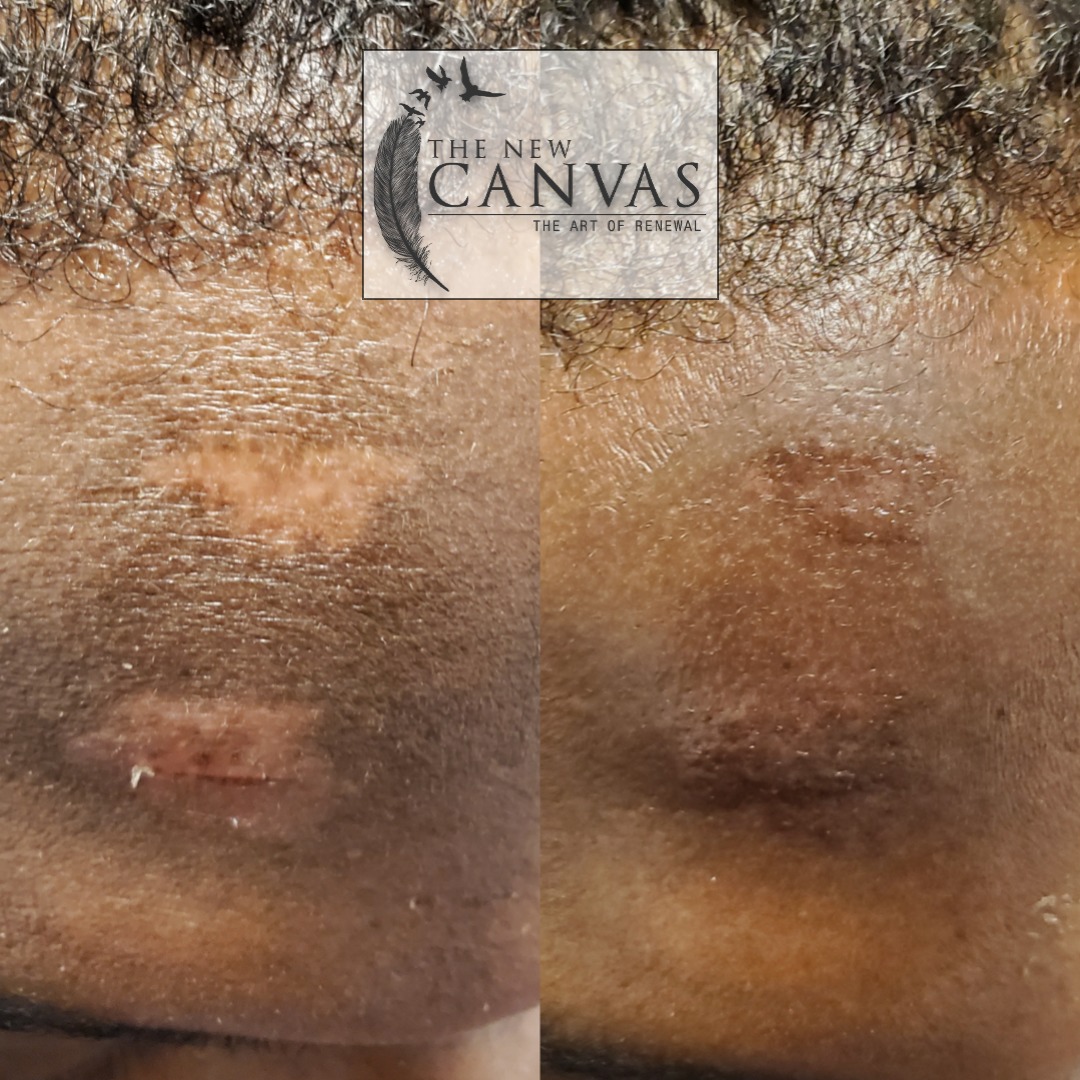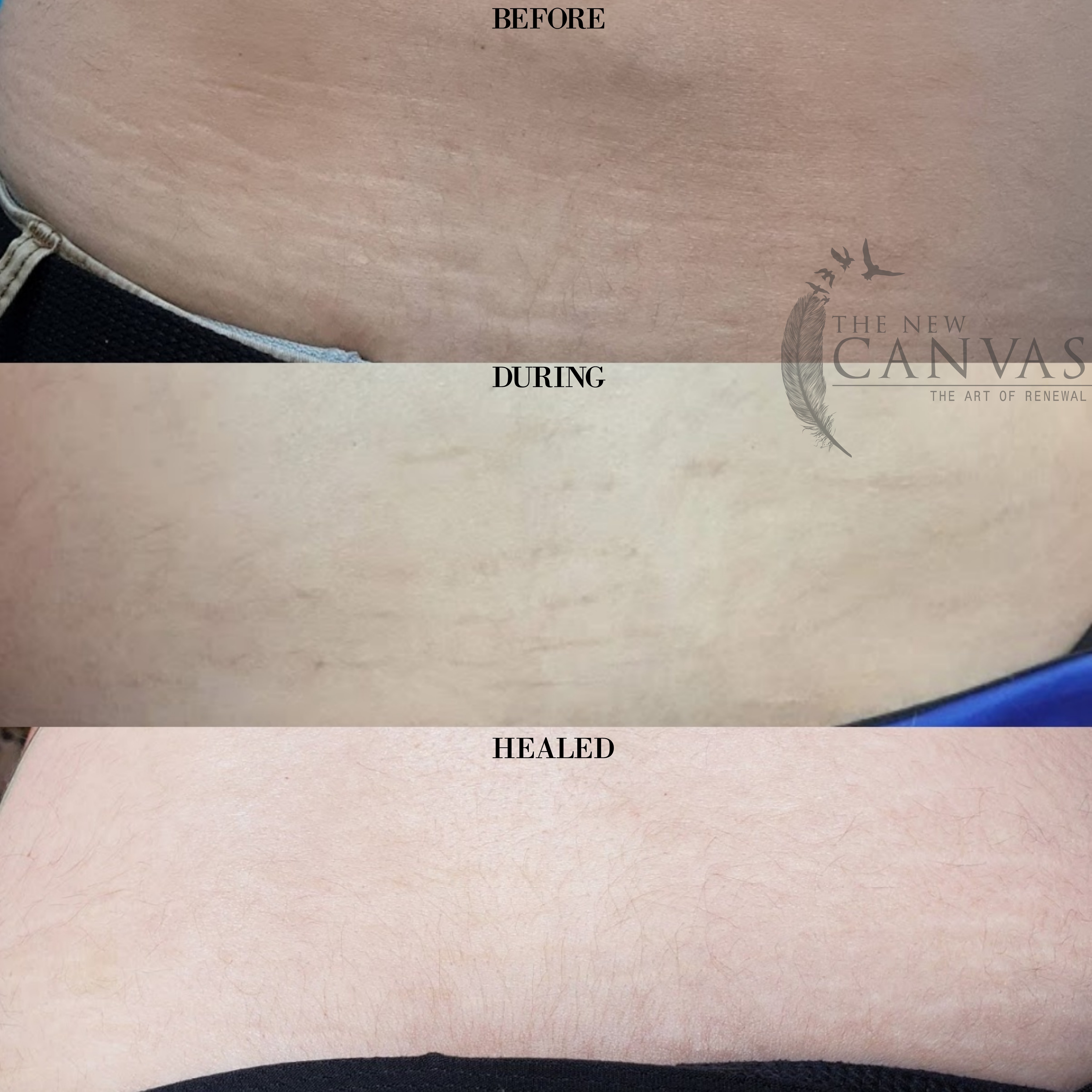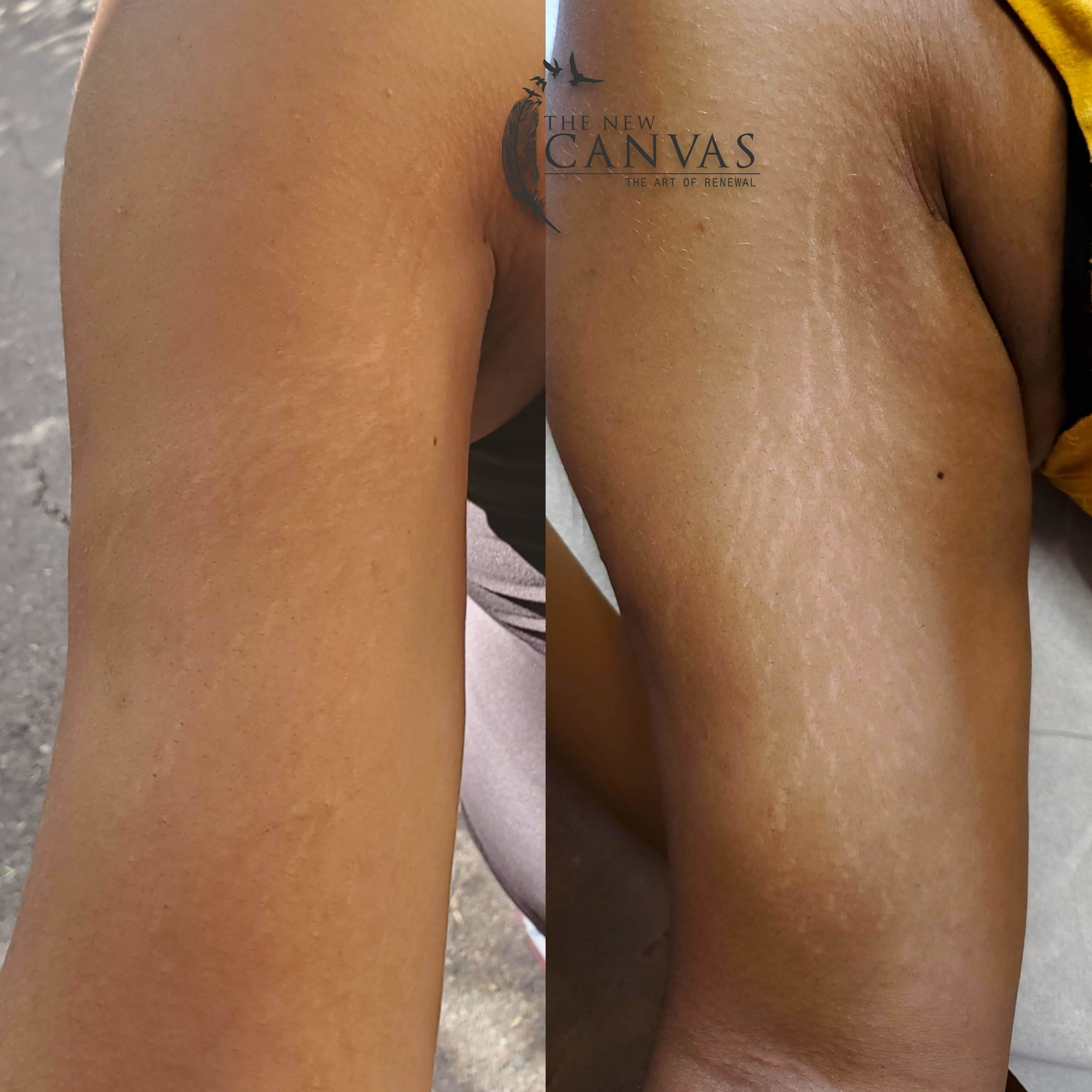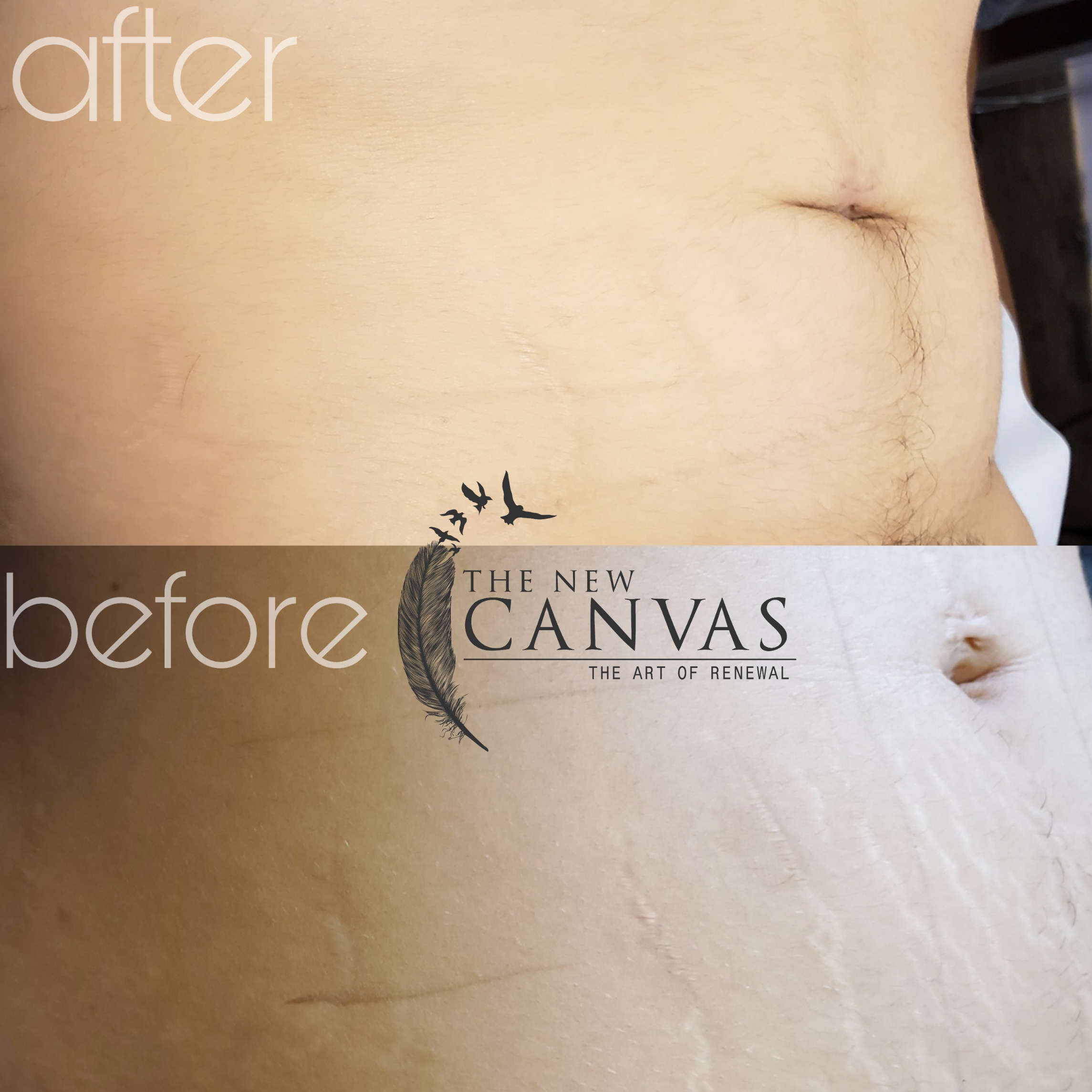Camouflage Tattooing in Colorado Springs
Camouflage tattooing is a unique procedure originates in Brazil and incorporates a specialized ink pigment and an implantation technique that has been developed over a number of years with thousands of proven cases.
This is the perfect solution to stretch-marks, unsightly scars, hypopigmentation, vitiligo, and several other skin color eccentricities.
A free consultation is the first step in the process. At the consultation our camouflage tattoo artist, Betina Hawk, will determine if you are a candidate for paramedical micro-pigmentation. At that time you can discuss your options as well as get details about the procedure.
If you are a candidate for camouflage tattooing and require a spot test patch, that can typically be performed the same day. There is a charge of $125 for a spot test area.
Camouflage Tattooing Frequently Asked Questions
Brazilian Camouflage Tattooing is a method in which inorganic pigments are custom blended to match the skin-tone or corrective pigment and tattooed into the skin. The purpose is to disguise a scar, stretch mark striation or skin area that is missing pigment or color. It is a specialized area of permanent cosmetics that falls under the category of Paramedical Tattooing. This process is also called Corrective Pigment Camouflage (CPC), Corrective Camouflage, Skin Re-pigmentation, Scar Camouflage, Skin Camouflage, Camouflage Tattooing, and Skin Color Tattooing. The science behind pigments and the physiology of human skin and tissue must be understood by the specialist performing these procedures. These procedures require advanced knowledge, training, skills, and experience in permanent cosmetics, color theory, as well as an artistic eye for color and skin tones.
Paramedical Tattooing is a Multi-Sessions Process. Cosmetic tattooing is a “partnership” with clients because it is typically a multi-step process. The results after the first tattooing session may be very good. However, due to the “unpredictable” nature of most scars and skin abnormalities, a second, third, or even fourth session may be necessary for the best outcome. Fortunately, the color formula or technique can be modified at each session to improve results. Sessions should be scheduled approximately 6 to 8 weeks apart to allow for complete healing and color stabilization.
You might be a candidate if you meet the criteria below. Your scar or stretch marks should be:
- Healed and no longer pink or changing color: Your scar or stretch marks should be at least 9 to 12 months old with stable color. If it is red or pink or still changing color, the tissue may still be healing. A reputable, experienced medical tattooist will not work prematurely on scar tissue because it may cause further damage to the skin.
- Smooth and relatively flat: Camouflage tattooing cannot disguise or correct extreme changes in skin texture. If your scar or skin area is bumpy or raised, the process may not be effective. If you have any skin surface irregularity, please consult with a Dermatologist or Plastic Surgeon first to see if any type of medical treatments can first improve the skin texture.
- Without dark edges or keloid scarring: Dark edges or borders around a scar indicate Post Inflammatory Hyper-pigmentation (PIHP) from the initial trauma or surgery. It is possible that the camouflage tattooing process may increase the hyper-pigmentation and create a wider, darker border. The risk of this happening is usually greater with darker skin tones. Keloid scarring is more likely to reject the ink particles.
The cost of the procedure is determined based off of the size and complexity of the area being treated. You will be given a detailed quote during the consultation.
Note: There is a charge of $79 for a spot test to cover the cost of supplies.
The feeling is similar to an abrasion with a slight stinging sensation and will cause swelling (edema), redness (purpura), minor bleeding and possible bruising. Topical numbing agents are avoided as they cause skin color changes as well as constriction of capillaries, lessening the availability of normal cell function to the area. Treatment times usually range anywhere between one to three hours.
Camouflage tattooing will not completely restore skin to the way it looked before it was injured. The process will not “erase” a scar or skin abnormality so it appears completely gone and the area looks “perfect” again. It improves color differences to help disguise the scar or anomaly and make it less noticeable.
Camouflage re-pigmentation is a process, not a one-time "cure". It is performed on “unhealthy” skin that has been damaged or altered. Its response cannot be predicted. A scar or vitiligo spots may have areas that absorb pigment, reject it, or both. The area will look dark and red immediately after a tattooing session, and then it takes several weeks to show the healed color (or not). This requires time and patience.
Camouflage Tattooing can be an unpredictable process. A combination of pigments will be custom blended to match the color of the natural skin. If correcting discoloration, the first session may be to insert corrective coloring before implanting the skin tone. The final healed color looks very different from when the pigment was initially implanted. The healed result equals the pigment color formula that was inserted under the skin plus the patient’s skin color and under tones. It will take 4 to 6 weeks to see how the healed color will look, but may need up to 8 weeks before a second session can be completed. When treating scarred tissue, there may be a rejection of ink in some areas. Additional sessions, if needed, will be adjusted according to results. Once the final look is achieved, touch-up treatments may be required every 4-6 years for thicker scarred tissue, but can last up to 15 years.
Do not spend time tanning! A scar camouflage tattoo will not be a “perfect” match to the surrounding skin color. This is due to the constant changes in skin tones from blood flow, body temperature, and tanning. The pigment in the tattoo will not darken if it is exposed to sunlight or tanning booths, so the tattoo may appear lighter if the surrounding skin tans. When the tattoo color matches tanned skin, it may appear darker once the surrounding tanned skin fades. Therefore, if you spend time outdoors, you will need to adjust your lifestyle or decide to match the tattoo to “winter” or “summer” skin and live with the changes in between.
Camouflage Tattooing Before and After
Schedule an AppointmentAbout Our Camouflage Tattoo Artist

Betina Hawk is a co-owner of The New Canvas, and a Colorado Springs native.
She received her cosmetology license in 2006. She has spent thousands of hours on advanced training with top specialists from the U.S. to Poland and to Brazil; so she will provide world-class results.
She specializes in permanent makeup, permanent makeup corrections, tattoo removal, scar revision, camouflage tattooing, cosmetic injectables, laser aesthetics, advanced skin care, K-beauty, and anti-aging treatments.

